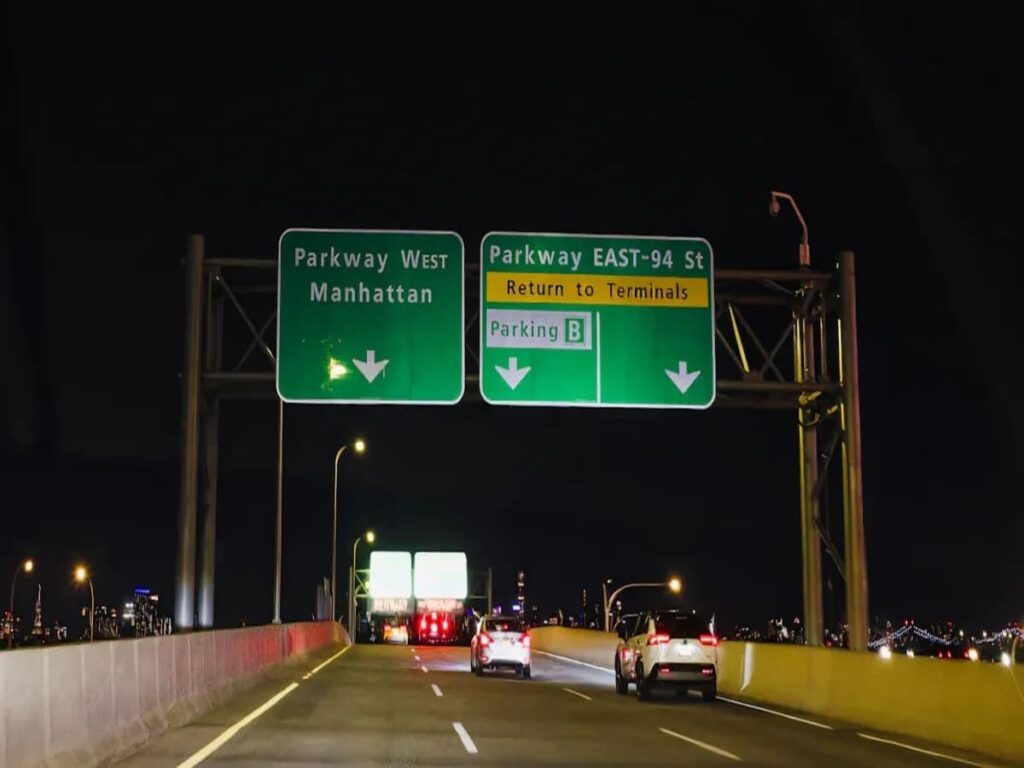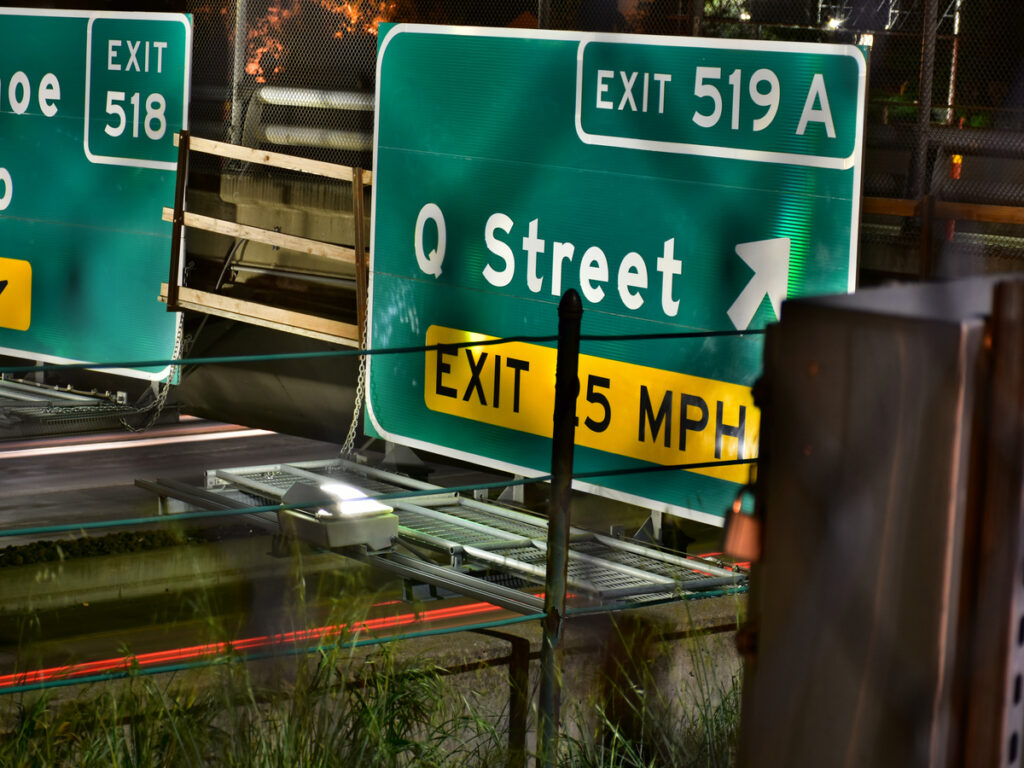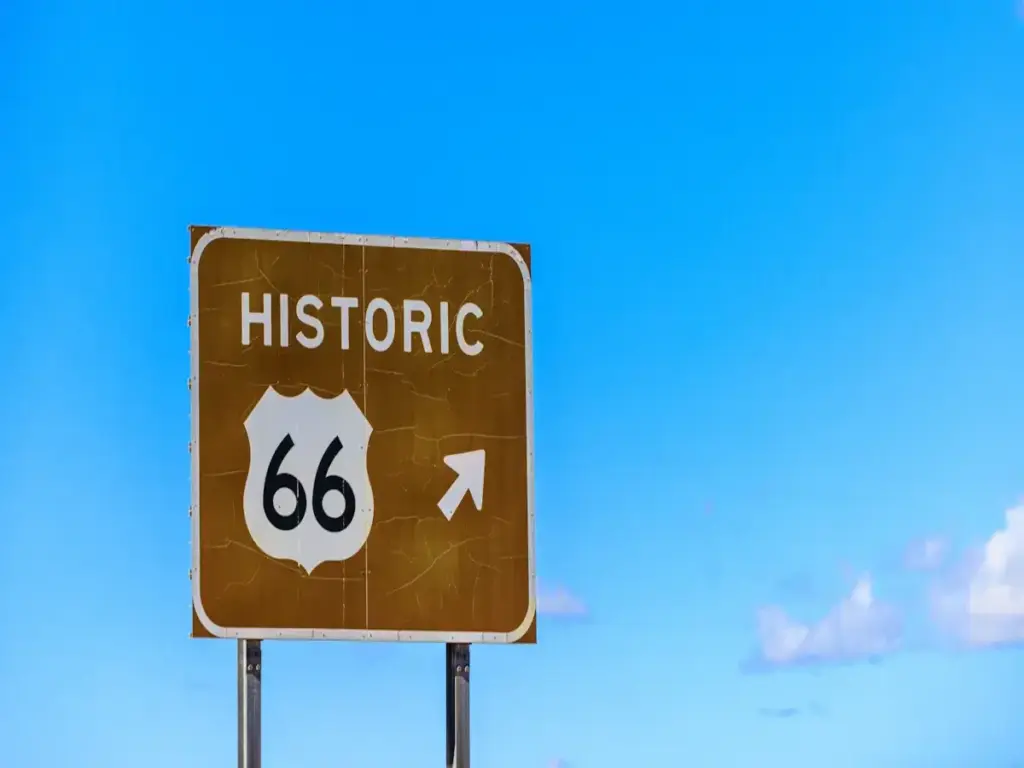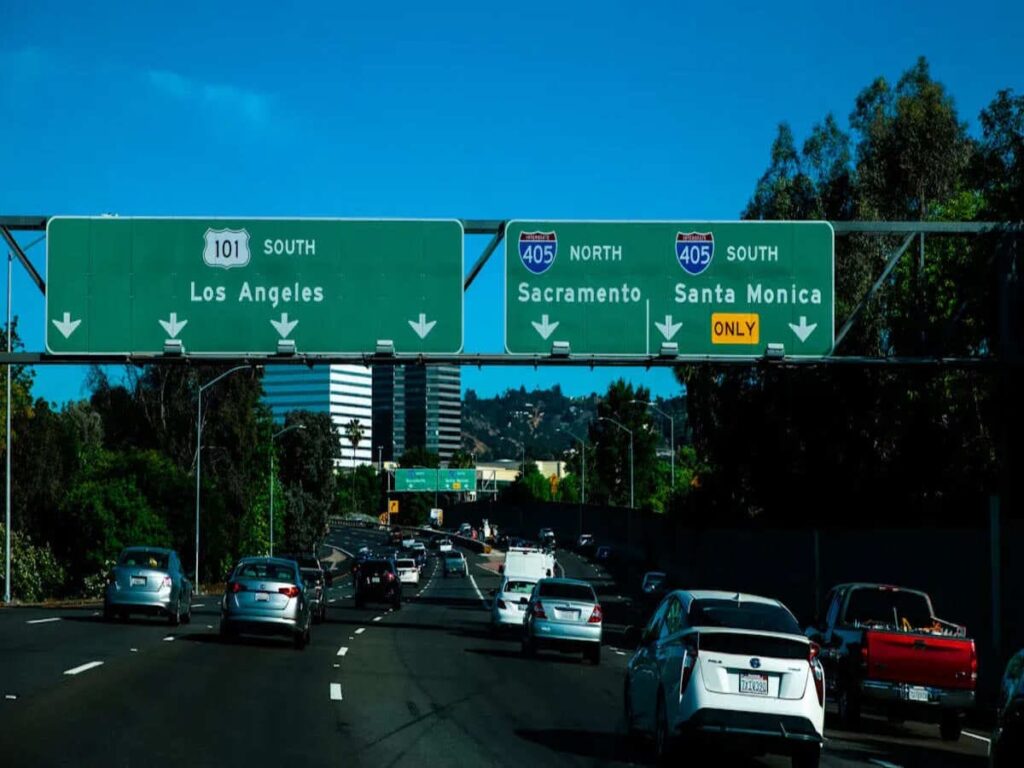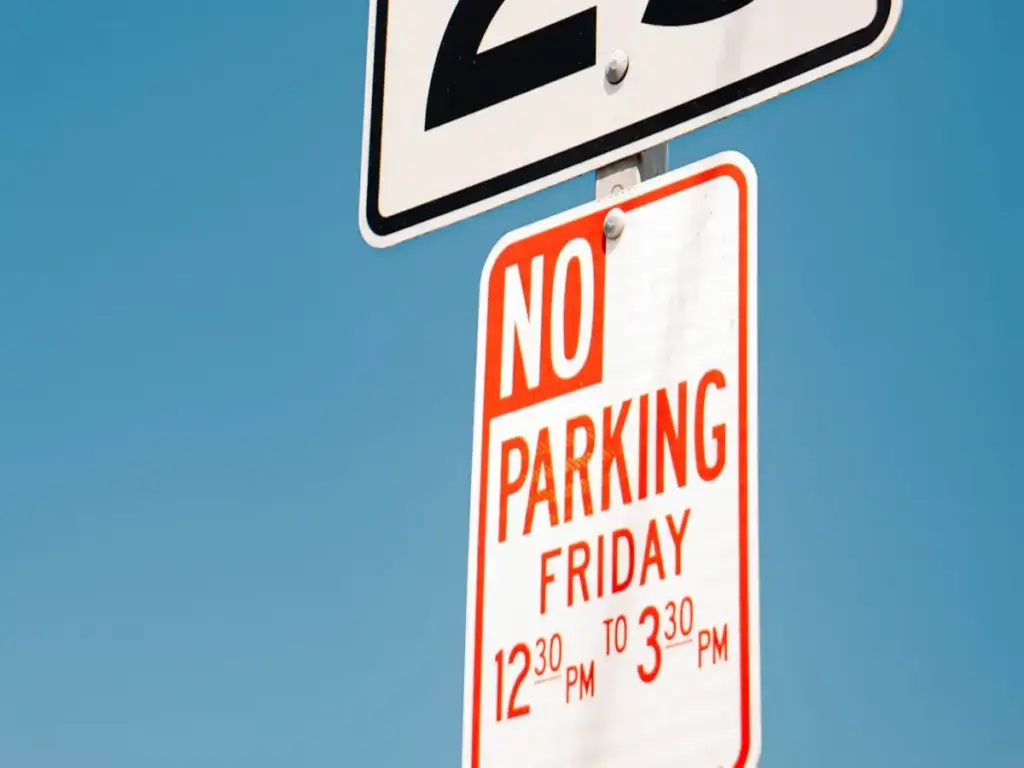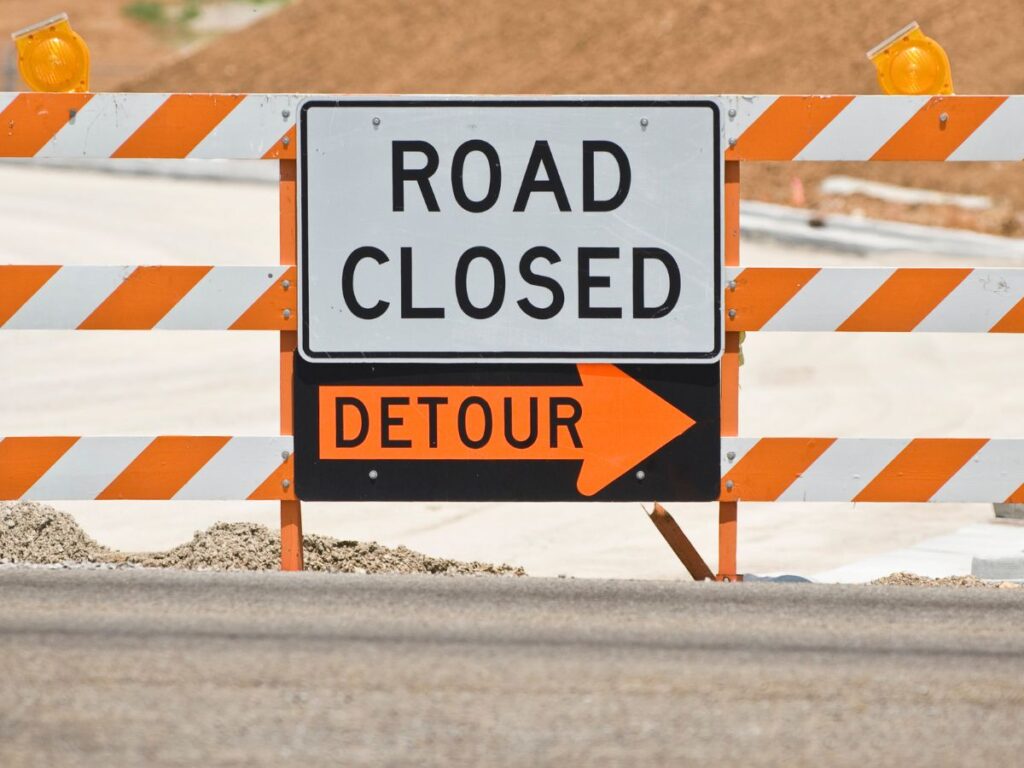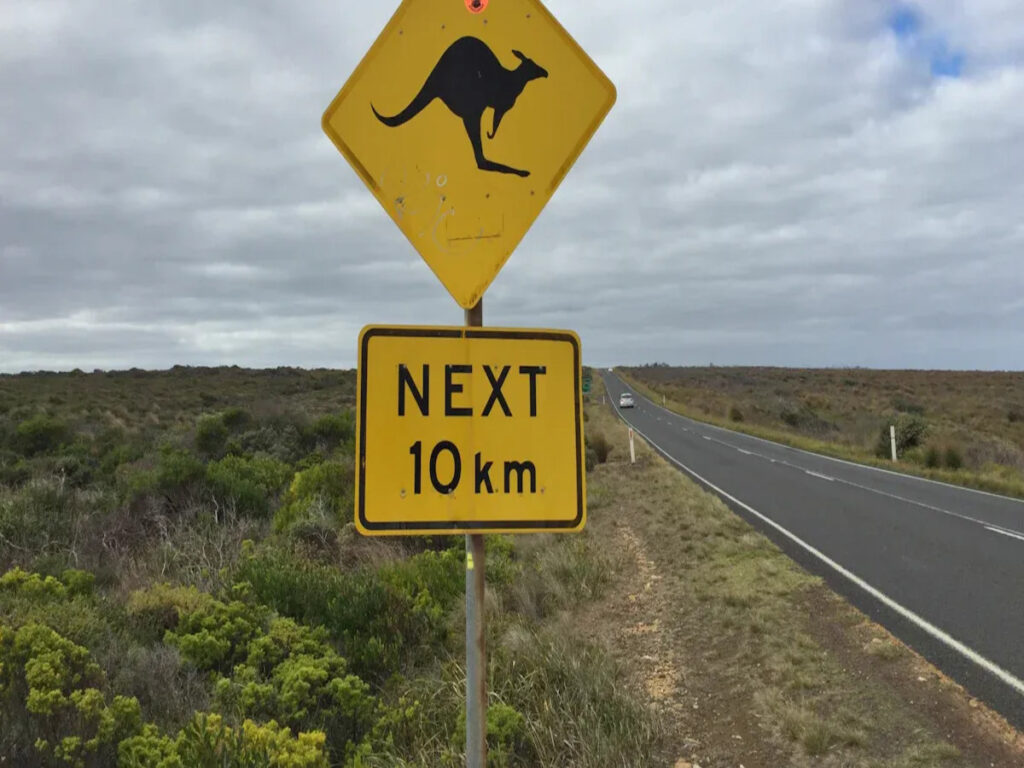
You see traffic signs every day, guiding your journey and keeping everyone safe on the roads. In Australia, these road safety signs are essential tools for reducing accidents and maintaining order. High-quality traffic signs must be durable, weather-resistant, and highly visible both day and night. When searching for traffic signs for sale, it’s important to choose signs that meet Australian Standards and are built to last. Reliable signage not only supports safe driving but also improves traffic flow and reduces confusion for all road users.
For organisations involved in traffic control, construction, or equipment hire, selecting the right signage provider is just as important as the signs themselves. That’s where OPTRAFFIC comes in—offering a full range of compliant, high-visibility, and long-lasting traffic signs for sale tailored to Australian conditions.
Key Takeaways
- Pick traffic signs that follow Australian standards. This helps keep roads safe and legal.
- Buy from trusted suppliers who use good materials. They should give good service and help after you buy.
- Choose the right type and size of signs for your area. This makes them easier to see and more useful.
- Clean and check your signs often. This keeps them clear, bright, and working well for a long time.
- Watch for new smart and eco-friendly traffic signs. These signs help make roads safer and protect nature.
Traffic Signs for Sale
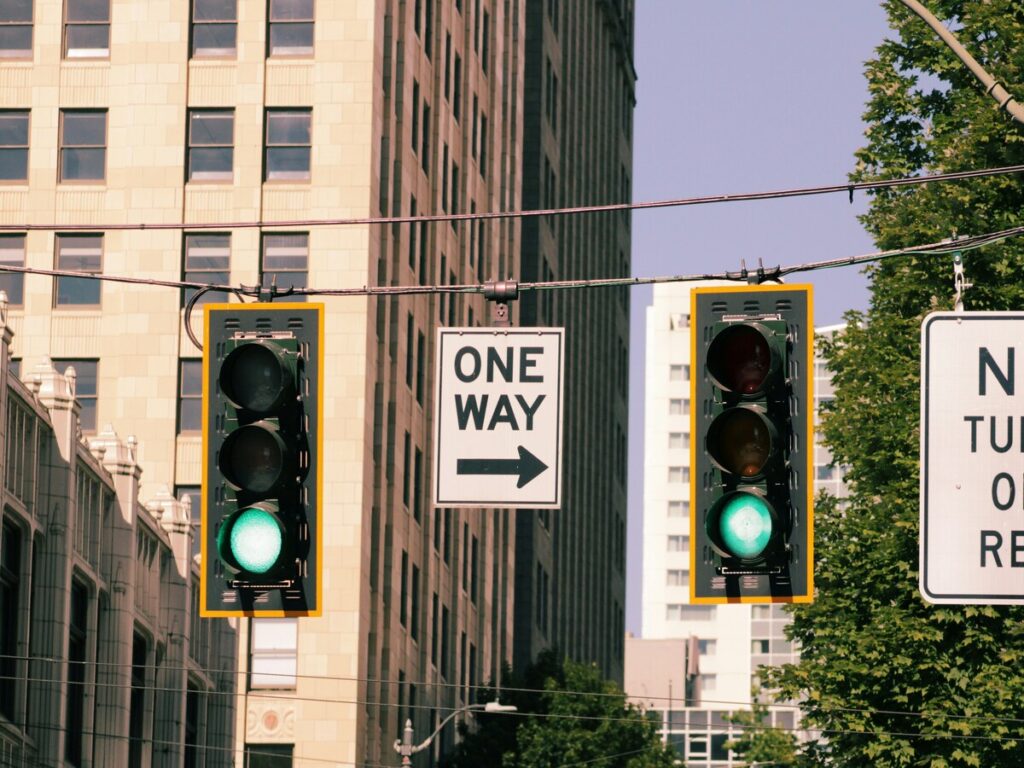
Where to Buy Traffic Signs
There are many places to buy traffic signs in Australia. You can get road traffic signs for sale from big companies or small local shops. Many businesses sell lots of road signage, like regulatory, warning, and guide signs. You can go to a shop or look online to find the signs you need.
Some well-known suppliers in Australia are:
- Enforcer Group: This company sells road traffic signs for sale that follow strict Australian rules. Their signs are strong and last in bad weather. You can count on their signs to stay safe and easy to see.
- Roadsigns Australia: This supplier has many types of road signage for different jobs. You can pick standard or custom signs.
- Seton Australia: Seton has many traffic signs for sale, like safety and parking signs. They care about quality and following the rules.
- Safety Xpress: This company sells road traffic signs and things you need to put them up. You can buy online or visit their shops in big cities.
- OPTRAFFIC: Known for its high-visibility, AS-compliant signage, OPTRAFFIC offers a wide range of traffic signs for sale designed to perform under tough Australian conditions. With years of industry experience and custom solutions for councils, construction zones, and rental fleets, OPTRAFFIC ensures your signage is both compliant and built to last.
Tip: Always check if the supplier’s products follow Australian rules. This makes sure your road traffic signs are safe and legal.
Online and Local Suppliers
You can buy traffic signs from online shops or local stores. Online shops let you look at many road traffic signs for sale. You can check prices, read reviews, and order from anywhere in Australia. Many online shops send your order fast and help with questions.
Local shops let you see the signs before you buy. You can talk to staff and get help picking the best road signage. Some local shops also help put up the signs, which saves you time.
Here is a quick look at online and local suppliers:
| Supplier Type | Advantages | Considerations |
|---|---|---|
| Online | Many choices, easy to order, fast delivery | You cannot see signs before you buy |
| Local | Personal help, see signs, local support | May not have many signs |
When you pick a supplier, look for these things:
- Follows Australian rules (like AS 1742 and AS/NZS 1906.1)
- Strong materials that last in bad weather
- Clear details and customer reviews
- Good return and refund rules
- Help with putting up signs and after you buy
Enforcer Group is known for good quality and happy customers. Their traffic signs for sale follow all the rules in Australia. The company has over 1000 five-star reviews, so many people trust them. You get a 30-day refund and fast shipping if you need signs quickly. They also help put up the signs, so it is easy for you.
Picking the right supplier keeps you out of trouble and helps your road traffic signs last. You help keep drivers and people walking safe by using strong and legal signs.
Types of Traffic Signs
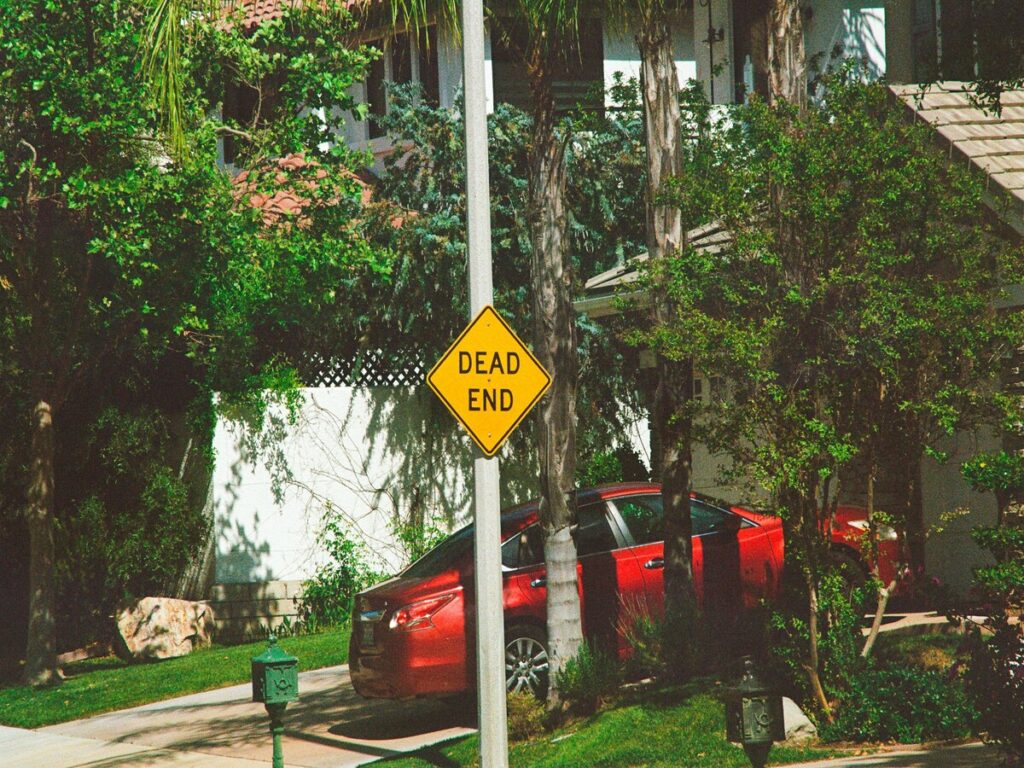
Regulatory Signs
Regulatory signs are on roads all over Australia. These signs tell you what you can or cannot do. Some examples are stop signs, give way signs, speed limit signs, and no entry signs. These signs help control cars and keep people safe.
Regulatory signs have special shapes and colours. This helps you see them fast.
The table below shows how these signs help stop rule-breaking:
| Evidence Aspect | Description |
|---|---|
| Reduction in Violators in Victoria | Red light cameras caught about 300 rule-breakers each week before the news talked about it. After the news, only about 20 people broke the rules each week. This shows that signs and news help people follow the rules. |
| Impact of Warning Signs on Crash Reduction | Places with warning signs have fewer crashes when red light cameras are there. Places without signs do not see as much change. |
| Spillover Effect | Drivers act better at other places too, not just where cameras are. This is because of signs and news. |
| Importance of Public Awareness | People need to know about the rules and cameras. Signs and news help everyone understand and follow the rules. |
You use regulatory signs to know when to stop or give way. These signs help lower accidents and make roads safer.
Warning Signs
Warning signs tell you about dangers ahead. You might see a sign for a sharp turn, people crossing, or a slippery road. These signs warn you so you can slow down or be careful.
Warning signs are bright yellow and have clear pictures.
You can see them from far away. Studies show that places with warning signs have fewer crashes. Warning signs work best when you look at them and do what they say.
Guide and Information Signs
Guide and information signs help you find places. These signs show directions, distances, and important spots like hospitals or parking. You might see a sign showing the nearest town or which lane to use.
Research in Australia says simple, colourful guide signs help you decide fast and safely. For example, the Australian Driver Time system uses green, yellow, and red to show traffic jams. You can understand these signs quickly, so you pick the best way to go.
Guide signs are good for drivers who do not know the area. They help you not get lost and keep cars moving well.
Custom Traffic Signs
Sometimes you need special signs for different places. You might need a sign for building work, a private road, or a school zone. Custom signs let you pick the words, colours, and materials you want.
- Custom signs follow Australian rules like AS 1319-1994, so you follow the law.
- You can add shiny tape or special pictures to make them safer.
- Strong materials like aluminium and Colorbond steel make signs last longer.
- Suppliers can make lots of signs fast and send them for free.
Custom traffic signs help you stay safe and follow the law in special places.
Traffic Signs in Australia: Standards and Compliance
Australian Standards (AS 1742, AS/NZS 1906.1)
You need to follow strict rules for traffic signs in Australia. The main standards are AS 1742 and AS/NZS 1906.1. These rules make sure signs are easy to see and strong. They also help keep everyone safe on the road. When you use signs that meet these rules, you help drivers and people walking stay safe. Regulatory signs and warning signs must follow these rules to be legal. If you use signs that do not meet the rules, you could get fined or cause accidents.
Reflective Sheeting Classes
Reflective sheeting helps signs shine at night or in bad weather. There are different types, like Class 1W and Class 2. Class 1W lets drivers see signs from over 300 metres away at night. Class 2 can only be seen from about 90 metres away. The table below shows how reflective sheeting makes roads safer:
| Source / Study | Reflective Sheeting Class or Sign Type | Key Finding / Data Point |
|---|---|---|
| Queensland Department of Transport and Main Roads | Class 1W retroreflective sheeting vs Class 2 signage | Night-time detection distance increased from 90m to over 300m with Class 1W |
| Monash University Accident Research Centre | High-contrast, high-reflectivity signs | 25% fewer accidents on roads with these signs compared to faded/outdated signage |
| Austroads luminance testing | Safety cones with Class 1 reflective collars | Visibility increased by up to 280% |
| National Road Safety Strategy 2021–2030 | Improved signage in general | Identified as a key factor in reducing road deaths, aiming to halve fatalities by 2030 |
Choosing the right reflective sheeting for your signs helps save lives. To make informed choices that align with local standards and enhance road safety, explore our full guide: Overview of Reflective Traffic Signs Sheeting Standards in Australia.
Legal Requirements
You must follow the law when you put up traffic signs in Australia. Police and councils check if your signs follow the rules. Using the right signs helps lower accidents and keeps roads safe. Studies show that up to 80% of drivers slow down after seeing radar speed signs. Speed drops by 10% to 20% on average. More people follow the speed limits. In some places, traffic deaths dropped by 79% after new signs and speed checks. You also help stop crashes in cities and the country.
Note: Legal rules work best with good signs and teaching people. People follow the rules more when they see clear, bright signs and know the dangers.
Using legal, high-quality signs helps protect your community and keeps you out of trouble.
Choosing Traffic Signs
Assessing Your Needs
You need to start by understanding what kind of traffic signs your site or project requires. Think about the location and the type of road users. Are you managing a busy street, a car park, or a construction zone? Each area needs different signs. For example, a school zone needs clear speed limit signs. A car park needs directional and parking signs. Make a list of all the places where you need signs. Walk around the area and note any hazards or confusing spots.
Tip: Ask yourself, “What message do I want to give drivers or pedestrians here?” This question helps you choose the right sign for each spot.
Material and Durability
You want your signs to last for years, even in tough Australian weather. Most traffic signs use aluminium or Colorbond steel. These materials resist rust and damage. Aluminium signs feel light but stay strong. Colorbond steel gives extra strength for high-risk areas. Some signs use reflective sheeting to stay visible at night.
Here is a quick comparison:
| Material | Strength | Weather Resistance | Typical Use |
|---|---|---|---|
| Aluminium | Medium | High | General road signs |
| Colorbond Steel | High | Very High | High-impact zones |
| Polypropylene | Low | Medium | Temporary signage |
Choose a material that matches your environment. For coastal areas, pick materials that resist salt and moisture. To help you decide between aluminum, plastic, or magnetic signs based on your site’s specific needs, see our guide: Which Material Is Right for You? Comparing Safety Signs for Sale: Aluminum vs Plastic vs Magnetic.
Sign Size and Visibility
You must pick the right size for your signs. Bigger signs work best on busy roads or highways. Smaller signs suit car parks or private properties. The size affects how far away drivers can see the sign. Australian standards give clear rules for sign sizes.
- Use large signs for high-speed roads.
- Pick medium signs for suburban streets.
- Choose small signs for pathways or private areas.
Clear, visible signs help drivers react quickly and keep everyone safe. Always check that your signs meet the minimum size set by Australian standards.
Traffic Sign Suppliers
What to Look For
You need a supplier who follows Australian standards and gives good products. First, check if the supplier’s signs meet AS 1742 and AS/NZS 1906.1. Find out if they have worked in the industry for a long time. Suppliers with lots of experience know the rules and give better advice. Ask for certificates and proof that their signs follow the rules. Good suppliers often show case studies or examples of their work. These examples show how they help councils or businesses fix real problems.
To understand how the right supplier can simplify compliance and site communication, read our blog: A Guide to Combination Safety Signs from Trusted Suppliers.
Product Range and Customisation
A good supplier lets you pick from many options. You may need normal signs, special messages, or different materials for your job. Some suppliers, like OPTRAFFIC, have lots of choices:
- Temporary road signs, traffic cones, and safety stands for short jobs
- Strong materials like aluminium, steel, and rubber for signs that last
- Custom sizes, designs, and messages for your project
- Modular frames and flexible stands for many places
- Reflective coatings so signs are easy to see at night
- Expert advice to help you choose the right sign
Custom signs cost more but help with special needs. Aluminium signs can last 7–10 years or even longer, so they are good for outside. Suppliers who sell both normal and custom signs can help with many projects.
Customer Service and Delivery
You want a supplier who brings your order on time and fixes problems fast. Good customer service makes your work easier. You can check how well they do by looking at these things:
| Metric | What it measures | How it’s calculated |
|---|---|---|
| On-time Delivery | How often orders arrive when promised | Number of products delivered on time / total delivered |
| First-time Fix Rate | How often problems are fixed the first time | Number of service calls fixed without repeat visits / total service calls |
| SLA Compliance Rate | If repairs meet the service agreement | Number of repairs meeting SLA / total repairs |
Suppliers with high scores in these areas usually give better service. You can also read reviews and see what other customers say. A supplier with good support and quick delivery helps your project go well.
Cost of Traffic Signs
Price Factors
You will notice that several things affect the price of traffic signs in Australia. The size of the sign matters a lot. Large signs above 2 square metres cost more because they use more material. Smaller signs below 1 square metre are cheaper. The type of sign also changes the price. Guide, warning, and regulatory signs each have different designs and rules.
Materials play a big part in cost. Aluminium signs last longer but cost more than signs made from recycled plastics. Some signs use new technology like LED lights or smart sensors. These features make the signs easier to see but also raise the price.
You should also think about other market factors:
- Urban growth and new roads increase demand for signs.
- Government safety rules mean you need more signs.
- Vandalism and theft can add to costs, as you may need to replace signs.
- Companies compete by offering new and eco-friendly products, which can change prices.
- The market is growing at about 2.5% each year, so prices may rise over time.
To learn what affects the price of traffic signs and how to budget smartly, see our blog: How Much Does a Roadway Sign Cost? Understanding Traffic Sign Pricing Factors.
Standard vs Custom Signs
Standard traffic signs follow set designs and sizes. You can buy these signs quickly and at a lower price. Custom signs let you choose your own words, colours, or shapes. These signs cost more because they need special design and production work.
| Type of Sign | Cost | Delivery Time | Best For |
|---|---|---|---|
| Standard | Lower | Fast | Common road situations |
| Custom | Higher | Slower | Special projects/events |
If you need a sign for a unique situation, custom signs are the best choice. For most roads, standard signs work well and save money.
Bulk Orders and Discounts
When you order many signs at once, you can often get a discount. Suppliers may lower the price per sign if you buy in bulk. This helps councils, schools, or companies save money on big projects.
Buying in bulk also means you spend less time ordering and get all your signs delivered together. Always ask your supplier about bulk deals before you buy.
Buy Traffic Signs: Step-by-Step
Browsing and Selection
You start your journey when you decide to buy traffic signs. First, visit trusted supplier websites or local stores. Look at the different types of signs on offer. You can filter by category, such as regulatory, warning, or custom signs. Read the product descriptions and check the images. Make sure the signs meet Australian standards. If you need help, use the live chat or call the supplier. Many websites let you compare products side by side. This helps you choose the best option before you buy.
Tip: Make a checklist of the signs you need. This keeps your selection organised and saves time.
Ordering and Payment
Once you know which signs you want, add them to your basket. Review your order to check sizes, materials, and quantities. Most suppliers show the total cost before you pay. You can often buy traffic signs online with a credit card, bank transfer, or PayPal. Some suppliers offer accounts for schools or councils. Always check for discounts if you buy in bulk. After payment, you get an order confirmation by email.
| Step | Action |
|---|---|
| Add to basket | Select the signs you need |
| Review order | Check details and quantities |
| Choose payment | Pick your payment method |
| Confirm purchase | Complete your order |
Delivery and Installation
After you buy, the supplier prepares your order. You receive updates about delivery times. Most companies offer fast shipping across Australia. When your signs arrive, check them for damage. If you need help, many suppliers offer installation guides or services. Follow the instructions to install your signs safely and correctly. This ensures your new signs work well and last a long time.
Remember: Always buy traffic signs from suppliers who support you after the sale. Good support makes the process easy from start to finish.
Installation and Maintenance
Installation Guidelines
It is important to put up traffic signs the right way. This keeps roads safe and follows Australian standards. Pick a spot where everyone can see the sign easily. Make sure the sign is high enough and faces the right way. This helps car headlights shine on it at night. Always use the Manual of Uniform Traffic Control Devices (MUTCD) and AS 1742 for where and how to put signs up. Use strong posts and tight fixings so signs do not fall or turn in the wind. For electronic signs, check all wires and power before you finish. If you use solar-powered signs, point the panels at the sun and keep them clean.
Tip: Teach your team how to put up signs safely. This helps stop accidents and keeps your work going well.
Maintenance Tips
Looking after your traffic signs keeps them bright and easy to read. Clean the signs every week to get rid of dirt. This helps them stay shiny and easy to see. Each month, check if the sign is still fixed well and look for any damage or rust. Fix or swap broken parts as soon as you can. Once a year, get a professional to check how well the sign reflects light and if it is still in good shape. This shows if the sign still follows safety rules. For electronic signs, check batteries and solar panels often, especially if they are far away. Use strong materials like galvanised steel and UV-resistant plastics to protect signs from bad weather.
- Clean signs every week so people can see them.
- Check how they are fixed and their condition each month.
- Test how well they reflect and their strength once a year.
- Look at batteries and solar panels for electronic signs.
Longevity and Replacement
You can help your signs last longer by keeping to a regular care plan. Signs lose their shine over time, especially after storms or in dusty places. Dirt, water, and age can make a sign reflect less light, sometimes by up to 28%. Use the table below to help plan when to clean or change your signs:
| Maintenance Interval | Key Activities and Purpose |
|---|---|
| Weekly | Clean signs, check for dirt and damage, keep signs bright |
| Monthly | Inspect mounting, repair or replace damaged parts |
| Annual | Professional check of reflectivity and condition, plan replacement if needed |
Australian standards like AS/NZS 1906 and AS 1742 help you pick the best materials and set a good care plan. By doing these things, your signs stay safe, legal, and last a long time.
Case Study: Australian City Project
Project Overview
You can see how a city project in Australia improved road safety by using new traffic signs. The city council wanted to lower accidents near schools and busy intersections. They planned to install dynamic speed display signs and clear warning signs. The project covered several main roads and school zones. The goal was to help drivers slow down and follow the rules.
Supplier Selection
You need to choose a supplier who understands local needs. The city council looked for a company with experience in road safety. They checked if the supplier followed Australian standards and could deliver on time. The council also wanted signs that would last in all weather. They picked a supplier who offered both standard and custom signs. The supplier provided advice on the best places to install each sign. This helped the council use their budget well and get the best results.
Outcomes and Lessons
You can measure the success of a traffic sign project by looking at three main things:
- Speed reduction: After the new signs went up, average vehicle speeds dropped by 12%. This made roads safer for everyone.
- Compliance rates: More drivers followed the speed limits. The number of people speeding fell by 30% in school zones.
- Driver perception surveys: Most drivers said the signs were easy to see and understand. They felt the signs had authority and made them pay more attention.
These results show that good planning and the right supplier can make a big difference. You should always check how well your signs work after installation. This helps you learn what works best and keeps your community safe.
Future of Traffic Signs
Smart Signage
Soon, you will see more smart signage on roads in Australia. These signs use screens and sensors to give real-time updates. Cities now have LED displays that show traffic news, speed limits, and warnings. Smart city projects help make roads safer and traffic smoother.
- The LED display market in Australia is growing quickly. It could be worth over $439 million by 2033.
- Indoor digital signs already make up more than 60% of the market. They help people find their way in busy places.
- Shops use interactive screens to get customers interested and share new deals.
- More than 81% of people like self-service kiosks. These kiosks help people wait less and feel happier.
These systems help you by giving you the latest information. You can make better choices when driving.
Sustainable Materials
You will see more eco-friendly traffic signs as Australia cares more about the environment. Makers now use recycled metals like aluminium and steel. These metals last a long time and do not rust easily.
- LED lights in signs use much less energy than old bulbs. This saves power and money.
- Rubber from dandelion roots is safer for the environment. It lets out fewer bad chemicals.
- Solar-powered signs help lower pollution and work well far from cities.
- Non-toxic coatings stop chemicals from getting into the ground and water.
These changes mean you will see signs that help the planet. They still keep everyone safe on the road.
Industry Innovations
You will see new technology changing traffic signs soon. Companies are making signs that are smarter and safer.
- AI helps spot problems fast, so help comes sooner and accidents are stopped.
- Smart lights in tunnels make cars go faster and keep drivers awake.
- Over-height vehicle detection systems stop crashes before they happen.
- Research teams and the government work together to make better signs.
- New signs are light and can fold, so they are easy to move and set up.
As these new ideas grow, roads will be safer, cleaner, and work better for everyone.
You now know how to pick the right traffic signs for your needs. By using this guide, you help keep roads in Australia safe and running well. Good suppliers and regular care make your signs last longer. Signs that follow the rules and are made well give you many good things:
- Drivers see signs sooner and can react quickly.
- Better sign shapes and colours help more people stop.
- Clear signs help drivers when it is foggy.
- Special signs help different types of drivers.
- Intersections are safer, and people do not wait too long at flashing lights.
Pick carefully and help make roads safer for everyone.
FAQ
What are the main types of traffic signs you can buy?
You can choose from regulatory, warning, guide, and custom signs. Each type has a special job. Regulatory signs tell you the rules. Warning signs alert you to dangers. Guide signs help you find places. Custom signs fit special needs.
Do all traffic signs need to meet Australian standards?
Yes, you must use signs that meet Australian standards. These rules make sure signs are safe, clear, and legal. If you use signs that do not meet the standards, you risk fines and safety problems.
How often should you check and clean your traffic signs?
You should clean your signs every week. Check them each month for damage or fading. A yearly professional check helps you know if the signs still meet safety rules and need replacing.
Can you order custom traffic signs for private property or events?
Yes, you can order custom signs for private roads, car parks, or special events. Suppliers help you design signs with your own words, colours, and sizes. Custom signs still need to follow safety rules in australia.

